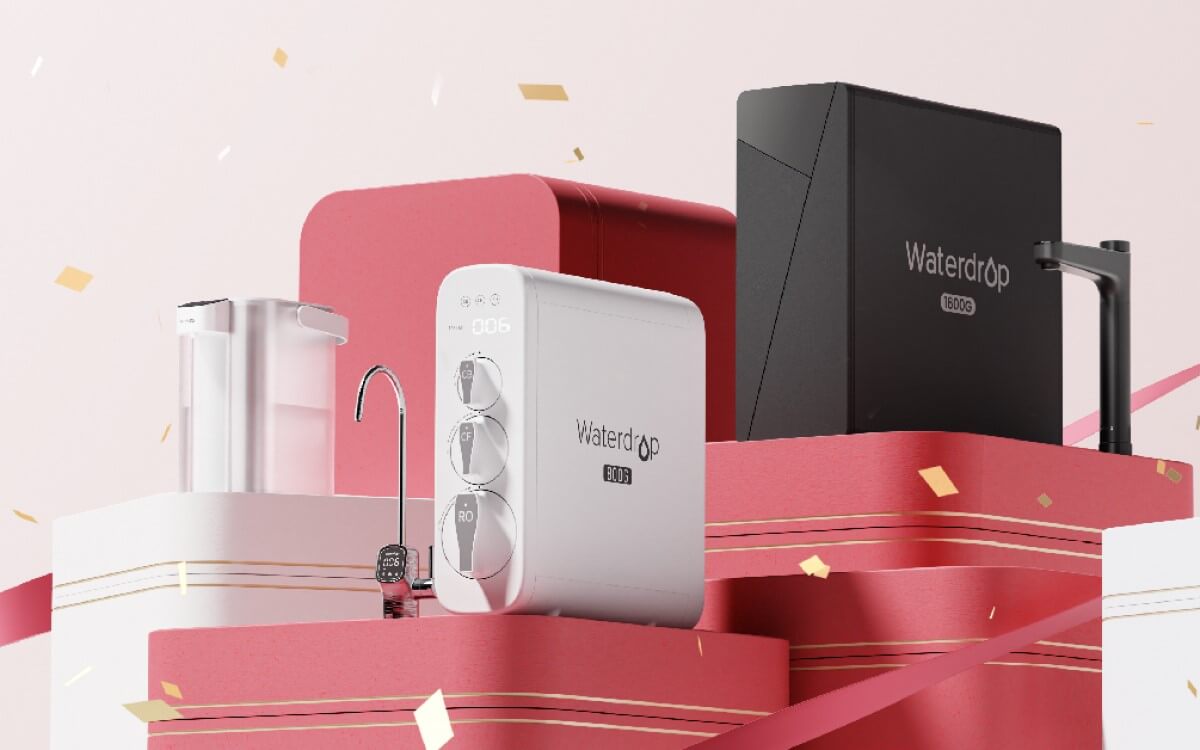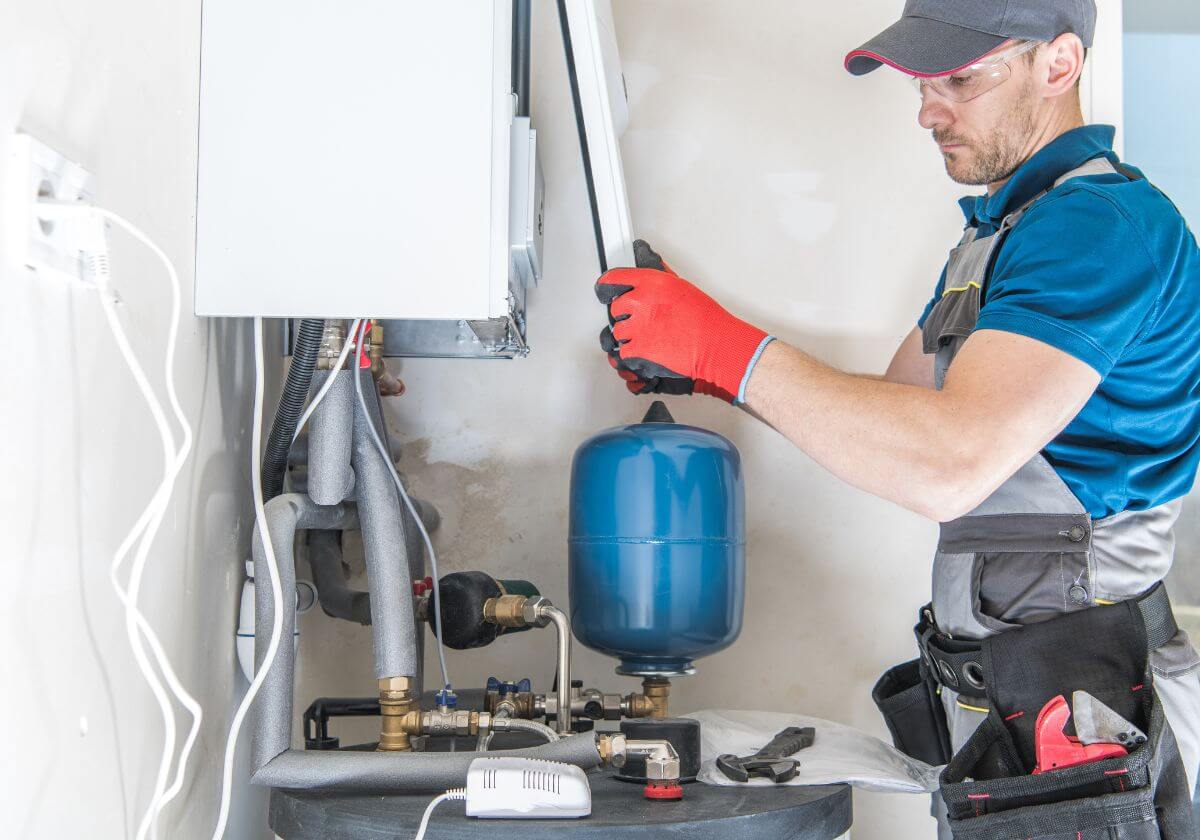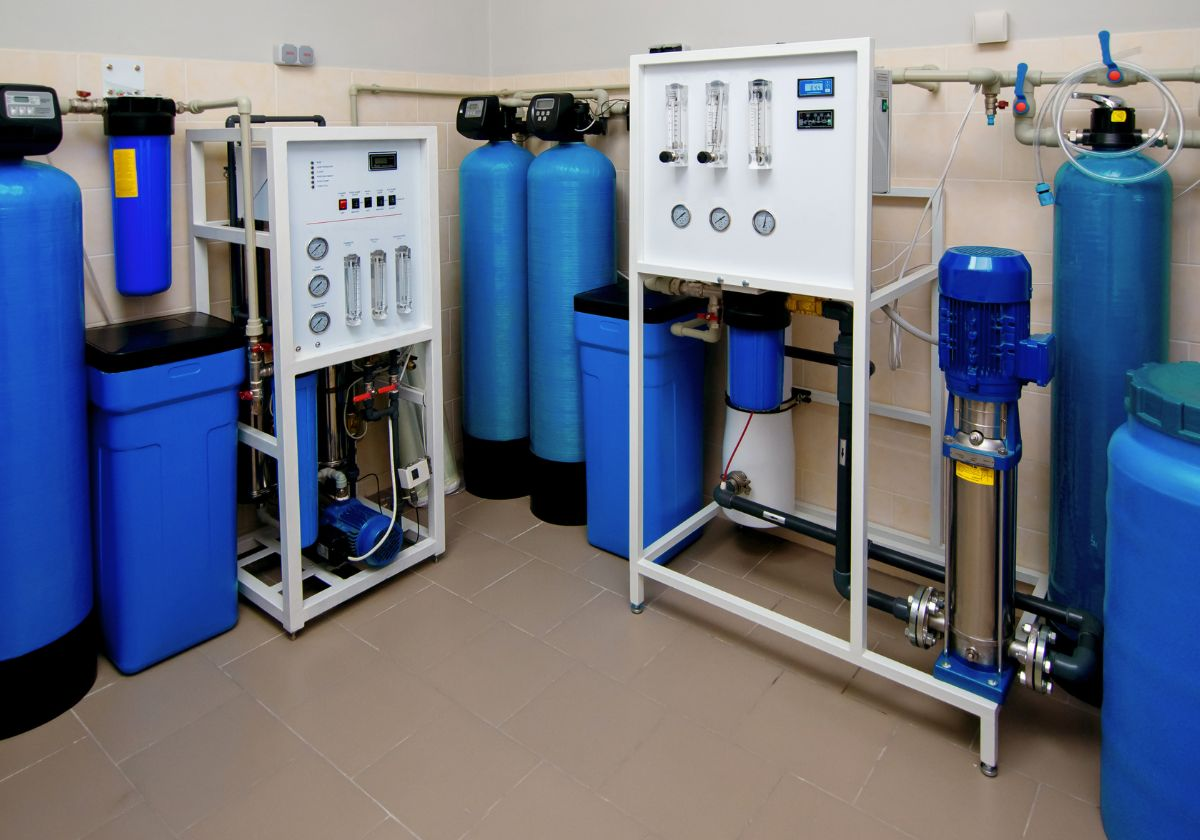Hard water contains high levels of calcium and magnesium, which can cause a variety
of challenges in the home. Installing a water softener can alleviate these problems and improve your water
quality. This guide will outline the basic steps on how to install a water softener in your home.
Factors Affecting the Installation of Water Softener
When considering the installation of a water softener, there are several factors
that can have an impact on the water softener system installation process and overall results. Understanding
these factors can ensure a successful water softener installation.
Water Hardness Levels
The concentration of calcium and magnesium in your water will determine the
capacity and type of water softener you need. It is important to test the hardness level of your water before
selecting a system.
Household Water Consumption
The amount of water your household consumes on a daily basis will affect the size
and type of water softener needed. Larger households or higher water consumption will require a system with a
higher capacity. However, softened water is not suggested for drinking. We highly recommend investing in a
Reverse Osmosis
system to purify your water. For example, Waterdrop’s whole house RO systems.
If you are looking for a
reverse osmosis water
filtration system , the newly launched
Waterdrop
X Series RO water filter might be your best choice.
Space and Location
Water softeners need to be installed near the main water pipes and drains. The
space available for a water softener in your home may limit your choice of system size and type.
Plumbing Type
The material and layout of your home’s plumbing may affect installation. Some
plumbing materials (such as copper or PVC) are easier to work with than others. In addition, older homes with
outdated plumbing systems may require more remodeling.
Regeneration Methods
Water softeners are regenerated in different ways (to recharge the resin beads).
Options include timer-based, meter-based and manual regeneration systems, each with different installation and
maintenance requirements.
Local Regulations
Some areas have restrictions on salt-based water softeners due to environmental
concerns, especially with regard to the treatment of salt water in the wastewater system. It is important to
check local regulations before installing a water softener.
Installation Expertise
Whether you install the water softener yourself or hire a professional can affect
your installation process. Professional installation ensures proper setup and compliance with local building
codes, but if you have the necessary skills, a DIY installation may be more cost-effective.
Steps for Installing a Water Softener
We have learned about the factors that affect the installation of a water
dispenser. Now we learn how to install one. Following the instructions below will ensure a smooth installation
process.
Step 1: Choosing an Installation Location
Choosing where to install your water softener is critical. It should be close to
the main water supply line, and there should be drainage facilities and power sockets nearby. The location
should be kept dry to avoid freezing.
Step 2: Turn Off the Main Water Supply
Before starting the installation, you need to turn off the main water supply valve
in the home to prevent accidental water leakage during the installation process, and open the faucet at the
lowest point in the home to drain the water from the pipes.
Step 3: Install a Bypass Valve
Installing a bypass valve allows you to continue supplying water to the rest of
your home when your water softener needs maintenance. Make sure the bypass valve is properly installed on the
main water supply pipe.
Step 4: Connect the Water Supply Line
Cut the main water supply pipe and use the appropriate adapter to ensure that it
matches the interface of the water softener, and then connect the water supply line to the inlet and outlet of
the water softener.
Step 5: Connect the Drain Line
Your water softener’s drain line needs to be connected to your home’s drainage
system, such as a floor drain, standpipe, or utility pool. Make sure the drain line is securely installed and
slopes downward to encourage water flow.
Step 6: Set Up an Overflow Pipe
Connect the overflow pipe to prevent the salt tank from overflowing, and make sure
the overflow pipe also leads to the drainage system to avoid overflow problems.
Step 7: Add Salt to the Salt Shaker
According to the manufacturer’s instructions, add the appropriate amount of water
softening salt to the salt shaker to prepare it for the softening process.
Step 8: Start the Water Softener
Slowly open the bypass valve and let water gradually flow into the water softener.
At the same time, check the system for leaks and ensure that all connections are safe.
Step 9: Flush the System
Run water through a water softener to flush air and impurities from the system, and
perform manual regeneration to ensure the system is ready and starting to work properly.
Step 10: Check for Leaks and Test Water Hardness
After installation, check all connections for leaks and tighten any loose parts.
Use a
water test
kit to test the hardness of treated water to verify the effectiveness of your water softener.
By following these steps, you can ensure that the water softener installation
process will also improve the performance and longevity of the equipment. If you are unsure of certain steps, we
recommend contacting a professional installation service.
Water Softener Installation Cost
When installing a home water softener, the cost of water softener installation can
vary depending on a number of factors. Here are some of the main ones that can affect the cost of installation:
Cost of Purchasing a Water Softener
Water softeners vary in price for different models and capacities. Smaller home
models are generally less expensive, while larger or commercial water softeners are more expensive.
Installation Fee
If you choose to hire a professional for installation, you will need to pay a labor
fee. The cost depends on the complexity of the installation and the time required. Some professional
installations may include the removal of old equipment and the installation and commissioning of new equipment.
Fitting and Material Fees
Installing a water softener may require additional plumbing fittings, connections,
electrical wiring, and other installation materials. The cost of these materials requires additional
calculations.
Cost of Modifying Existing Pipes
If your home’s plumbing system needs to be modified or upgraded to accommodate a
water softener, this will add additional costs.
FAQ
Is it Worth Installing a Water Softener?
Installing a water softener extends the life of appliances, improves water quality,
saves on cleaning supplies, and helps reduce energy and maintenance costs. However, given the higher initial and
maintenance costs and possible environmental impacts, the decision to install a water softener should be based
on an individual’s water quality issues and financial situation. Overall, installing a water softener is a sound
investment for homes with severe hard water problems.
What Is the Life Expectancy of a Water Softener?
The life expectancy of a water softener is typically 10 to 20 years, depending on
factors such as the quality of the equipment, regular maintenance, the hardness of the water, and the amount of
water being treated. Proper installation and routine maintenance are essential to extend the life of a water
softener.
Are Water Softeners High Maintenance?
Water softeners require moderate maintenance, including regular salt additions,
occasional resin cleaning, and inspection of the system. Professional maintenance every few years ensures
optimum performance. Overall, maintenance is manageable and important for efficient operation.
Conclusion
In conclusion, solving hard water problems allows you to enjoy the benefits of
softened water in your home. By understanding the steps involved in water softener installation and considering
factors such as water hardness levels, usage patterns, plumbing layouts, and environmental impacts, individuals
can make informed decisions during the installation process. In addition, Waterdrop Mall has
home water filtration systems and
house water filters to
offer, so if you need them, you can contact us on the website.


















































































































